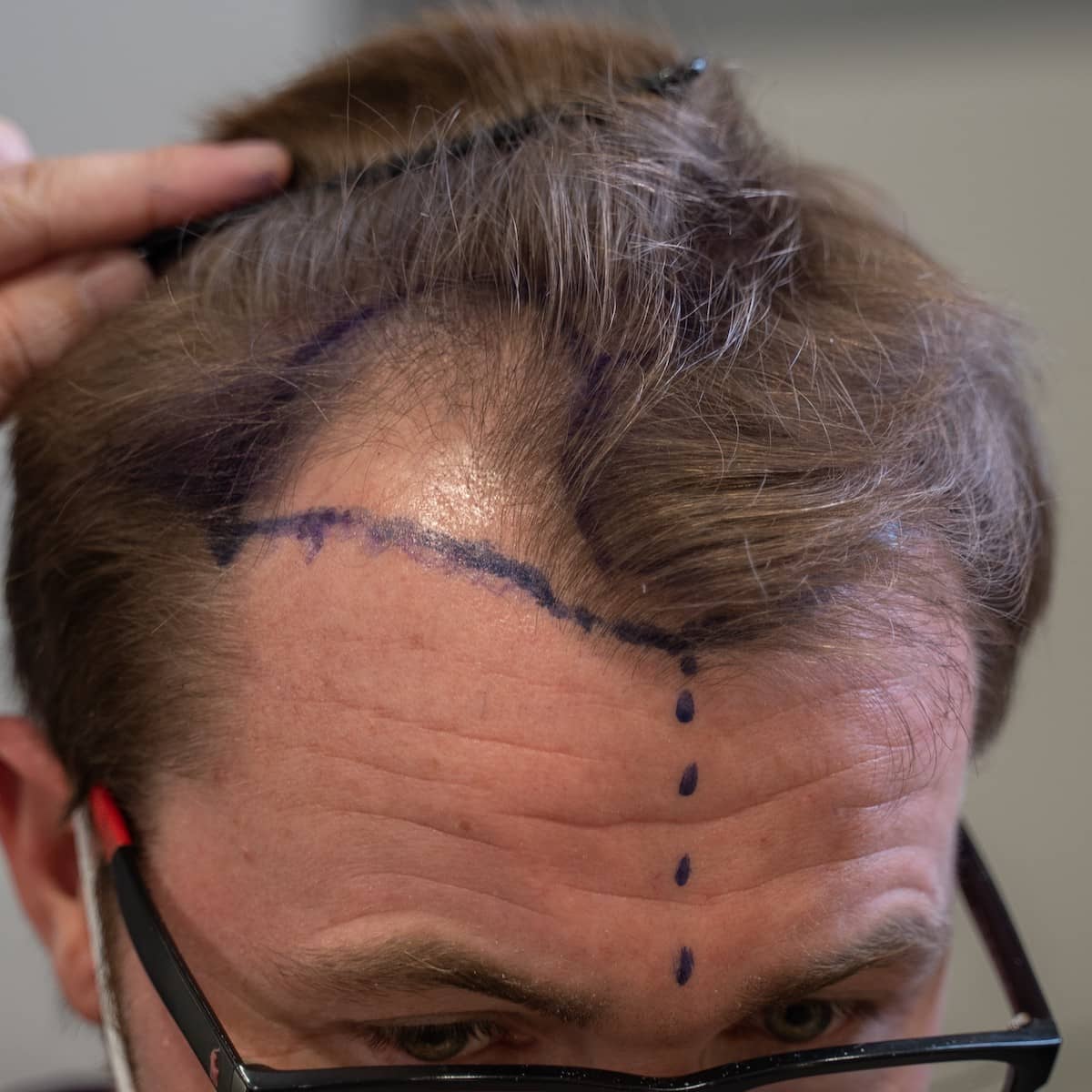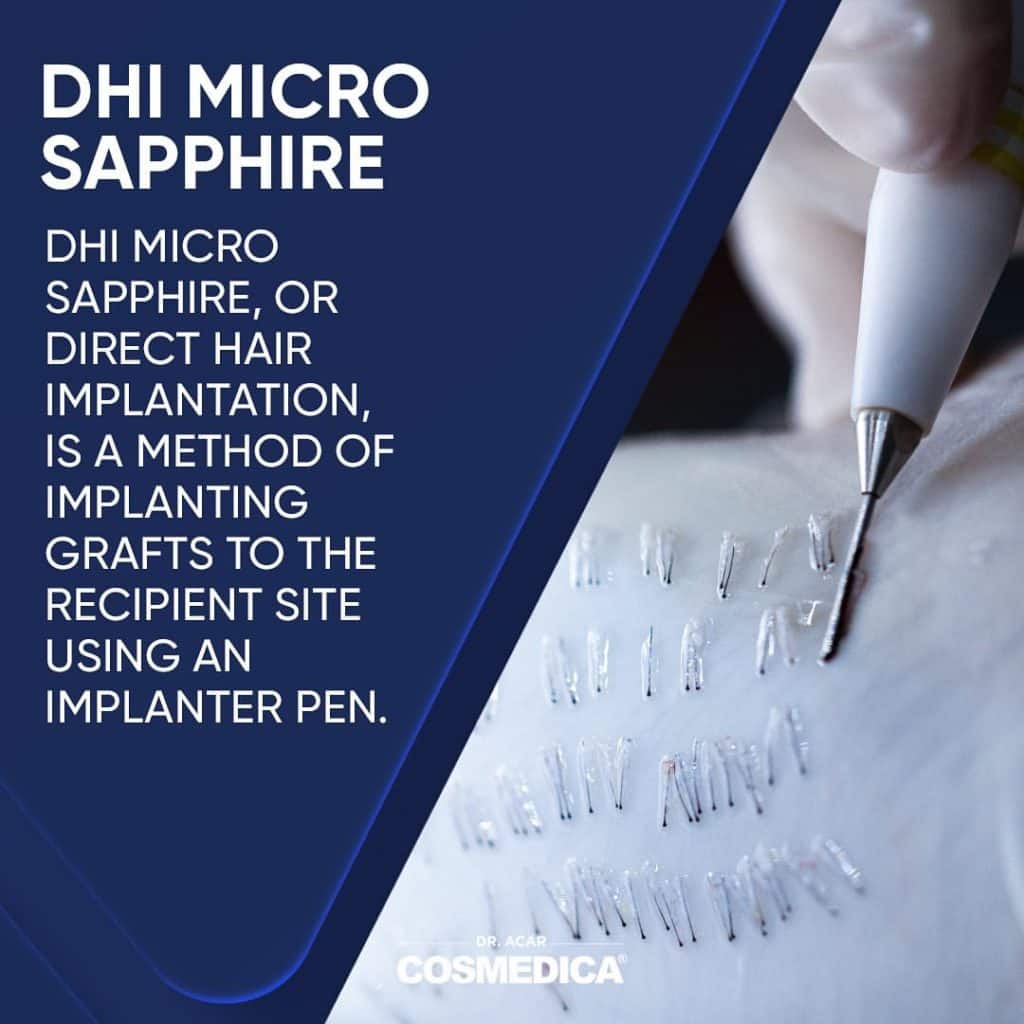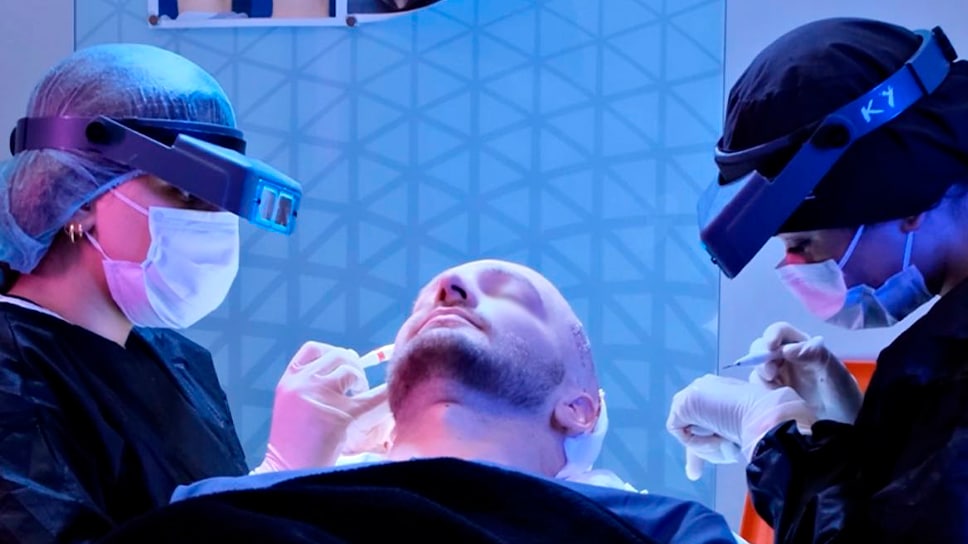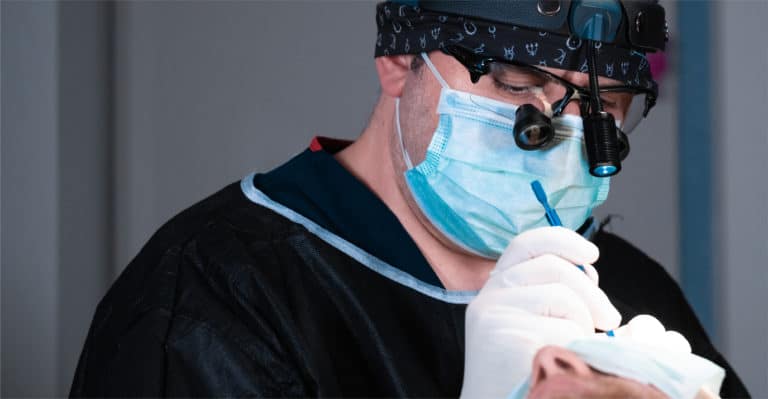Patients report that their self-confidence is affected by male pattern baldness, and some even start to withdraw from life altogether. Even in less severe cases, the nagging self-doubt that can be caused by hair loss is something that most sufferers would definitely prefer to live without.
Since there are no other solutions to genetic hair loss, many patients opt for a hair transplant to permanently eliminate the problem. Patients making this decision, patients are faced with different hair transplant procedures and a potentially overwhelming choice of which type of hair transplant operation to go for.
DHI (Direct Hair Implantation) is one of the most widespread modern methods and one that a potential candidate for a hair transplant will encounter early in their research.




